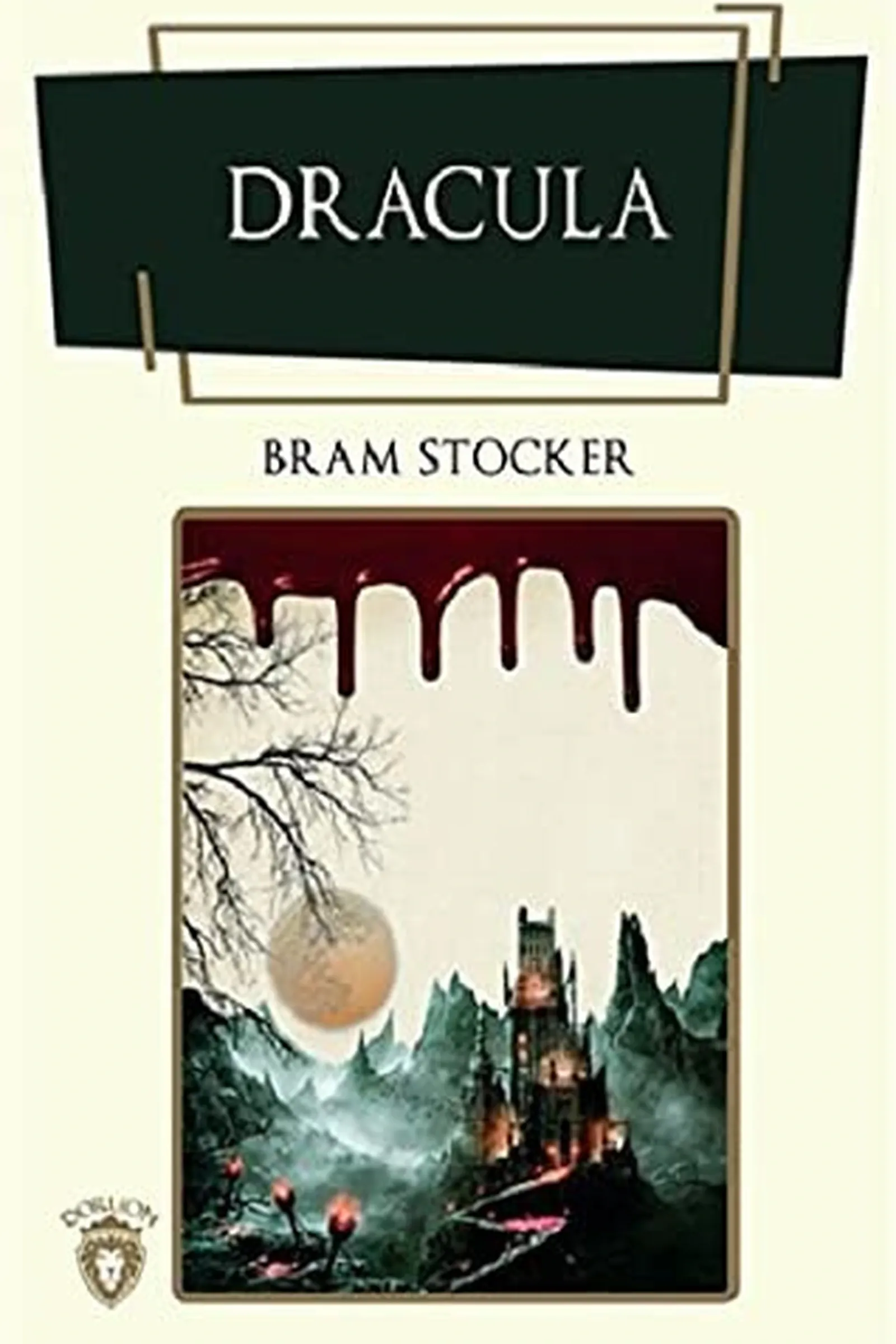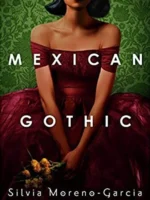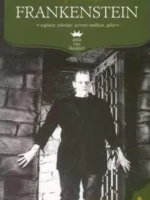Dracula, Bram Stoker, 1897
- Author: Bram Stoker
- Genre: Horror/Gothic
- Publisher: Penguin Classics
- Publication Year: 1897
- Pages: 418
- Format: Paperback
- Language: English
- ISBN: 978-0486411095
- Rating: 4,0 ★★★★☆
Dracula Review
About
First published in 1897, Dracula stands at the crossroads of Gothic romance and a rapidly modernizing world. It’s a vampire story, yes, but also a dossier: diaries, letters, telegrams, even medical notes. Stoker taps the era’s nerves—immigration scares, medical breakthroughs, moral panics—and distills them into a chase that moves from the Carpathians to the Yorkshire coast to London. The result isn’t just influential; it feels weirdly current, with characters who argue about evidence, ethics, and how to act when the rules change.
Overview
Jonathan Harker, a young solicitor, travels to Transylvania to advise a reclusive nobleman, Count Dracula, on English property deals. The visit turns from business trip to captivity as Jonathan notices odd details: no mirrors, nocturnal habits, a castle that seems to rearrange itself. Back in England, Mina Murray and Lucy Westenra try to make sense of Lucy’s mysterious illness, while Dr. John Seward documents cases on his phonograph, including the unsettling Renfield. Enter Professor Van Helsing, whose medical rigor coexists with a respect for folklore. Their separate threads knit into a single investigation, and the private becomes public: a predator has crossed the sea.
Summary
(light spoilers) Harker’s uneasy stay in the castle tips into horror when he realizes he is effectively a prisoner, groomed to be prey while his host prepares a move to England. He escapes; the Count sails on the doomed Demeter, which runs aground at Whitby in a storm that feels almost sentient. Lucy declines despite transfusions and round-the-clock care, and the doctors’ confidence falters as ordinary remedies fail. Van Helsing tests old remedies—garlic, sacred objects, careful rules—and, painfully, the group accepts a supernatural diagnosis. Lucy dies, then reappears changed; they release her from that state, a hard choice that forces moral clarity. Mina, precise and empathetic, becomes the team’s organizer, typing and cross-referencing journals so the facts can fight back. Dracula marks her, turning their research into a race against time and complicating every tactical decision. By tracing crates of Transylvanian soil, asylum records, and shipping notes, they corner the Count’s logistics, then strip his London sanctuaries. He retreats home; they split up—train, boat, horseback—to cut him off in the open. The finale is brisk and earned: no miracle save, just planning, courage, and a cost everyone understands.
Key Themes / Main Ideas
• Modern tools vs. old knowledge — typewriters and garlic side by side.
• Invasion and contagion — a foreign threat testing borders and bodies.
• Documentation as defense — evidence turns fear into a plan.
• Desire, consent, and control — the vampire as a metaphor for power.
• Friendship as strategy — the group’s loyalty does real work.
Strengths and Weaknesses
• Strengths — A steady build from unease to urgency; a clean “rule-set” that makes the hunt intelligible; Mina’s thoughtful agency anchors the book emotionally.
• Strengths — The epistolary form keeps momentum fresh by rotating voices and textures (ship log, diary, case notes).
• Weaknesses — Midbook repetitions can slow the pace; a few speeches over-explain what readers already grasp.
• Weaknesses — Victorian attitudes (gender, xenophobia) surface; they’re discussable, but they date the text.
Reviewed with focus on themes, audience, and takeaways — Bram Stoker
| pa_author | Kurt Vonnegut |
|---|---|
| ISBN | 978-3-623-50784-8 |
| pa_year | 1984 |
| Pages | 471 |
| Language | English |







